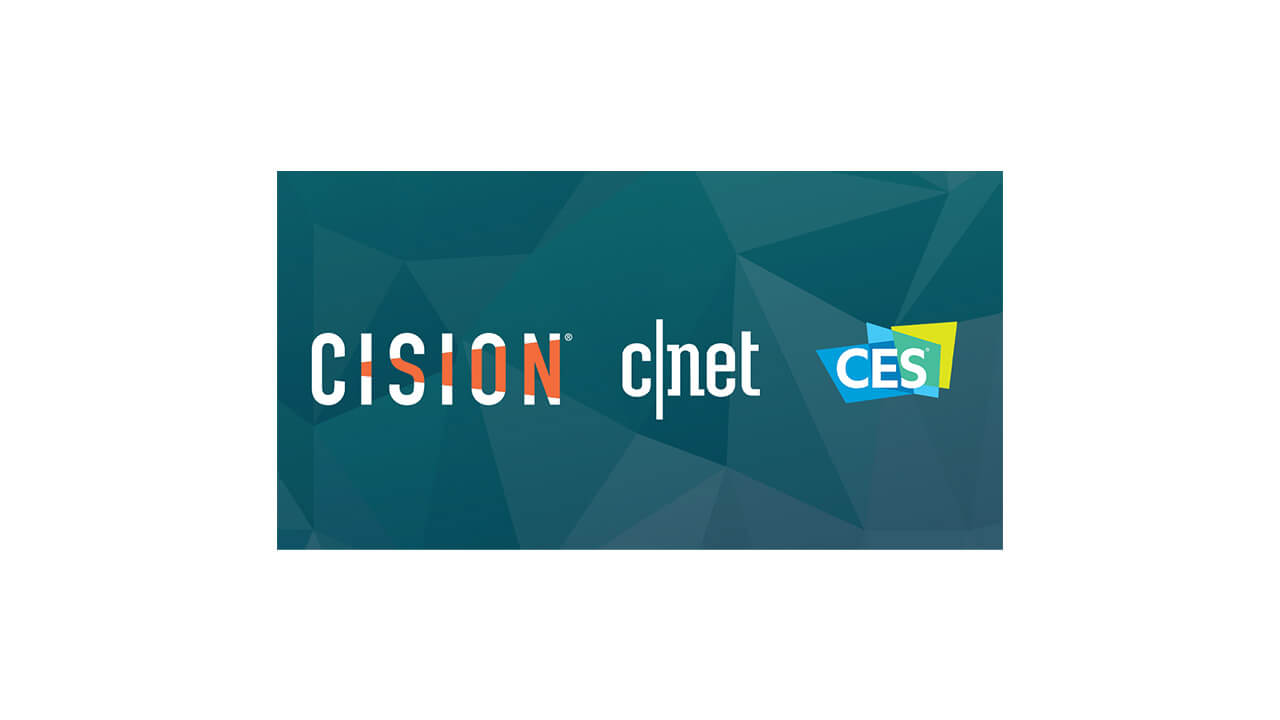As the year winds down, many of us are focused on clearing our inboxes, spending time with loved ones and getting some much-needed R&R. However, 2022 will be here before you know it, which means the 2022 Consumer Electronics Show (CES) is just around the corner and ready to dazzle us once again with new product launches from fabulous Las Vegas.
As the official press release distribution provider and exhibitor media center host for the Consumer Technology Association’s annual event, we’re on a mission to help PR and comms professionals prepare their CES pitching strategies. That’s why we recently hosted CES: Planning, Pitching and Placements. Caroline Finnell, Manager of Event Communications for the Consumer Technology Association, joined the webinar to give us a preview of what to expect at this newly hybrid event, while Jason Hiner, Senior Editorial Director for CNET, provided PR pros with some excellent tips to consider when pitching their brands’ CES story to journalists.
#1. The early bird catches the worm.
Hiner advises that it’s never too early to pitch your brand’s CES story, but it can be too late. Journalists attending CES are likely booked solid and might only fit you in if they have a cancelation. To make sure journalists pay attention to your pitch, he advises sending it before January 3 (two days before CES begins).
#2. Prepare for a hybrid model.
For the first time, CES will be held both in-person and online, which means brands will need to cater their pitches for both in-person and remote journalists. Hiner says journalists have already started receiving products that brands plan to introduce at CES, so those who do not attend the show in person can still see and touch devices on display at the event. Journalists who receive a product ahead of time have the added benefit of being prepared once the embargo lifts and the product has officially launched.
#3. Provide the eye candy.
According to Hiner, in addition to sending your new product, providing journalists with multimedia is essential. He says the ideal pitch includes an offer for a pre-briefing ahead of time and a press release with images and videos included. He advises minimizing the required number of clicks a journalist has to do to view your assets. A good rule of thumb for pitching is always to make it as easy as possible for journalists to view your content.
#4. Narrow your target.
One of the lessons we’ve learned from the 2021 State of the Media report is that journalists won’t hesitate to block PR pros who send them irrelevant pitches. Hiner recommends comms pros pitch three to five journalists writing for outlets most relevant to their product. Research what they’ve written, the beat they cover and who their audience is. Hiner says “dream pitches” match what the publication specializes in and the topics their audience is interested in reading.
#5. The squeaky wheel can get the grease.
Knowing the proper follow-up etiquette can be tricky to master. Hiner recommends being both creative and persistent when following up after CES. He advises waiting two or three days after your first outreach and the same for each subsequent follow-up. He says coverage is still possible after CES is over, particularly if your pitch is relevant to the audience and publication your pitching.
The takeaway
The same best practices for pitching stories to journalists also apply to your CES pitch. However, because you are now competing with hundreds of other brands launching new products at this event, creativity and persistence will help your pitch stand out from the rest. Finally, catering to both remote and in-person journalists can also help increase the reach of your CES story.








